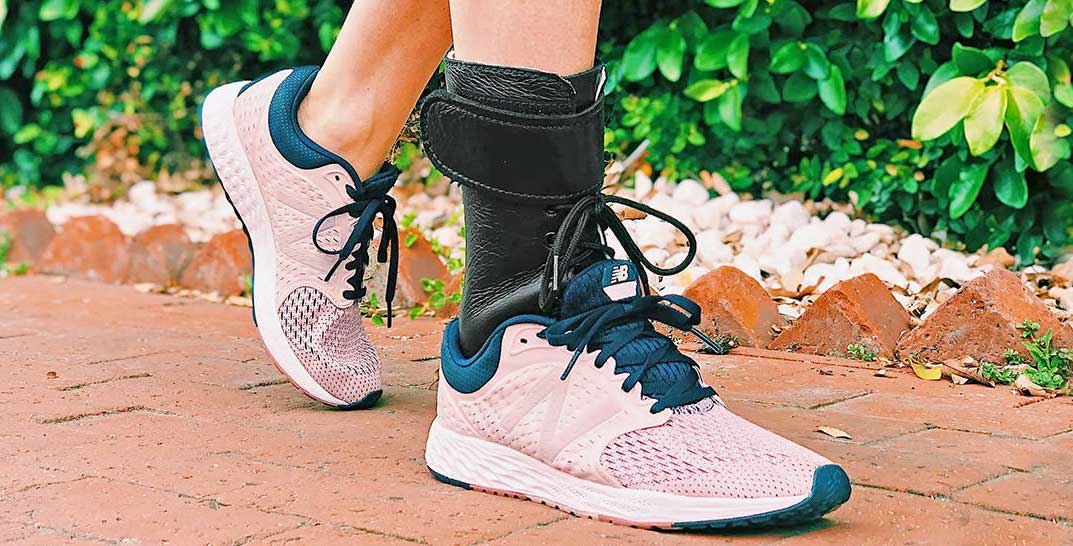Several months ago, this column addressed the difference between custom fit and off the shelf AFOs. Compliance with proper documentation is still insufficient as RAC and other post payment audits continue to identify many suppliers who have failed to provide proper documentation of custom fit devices. Fortunately, there are only a few steps which are needed to defend.

To satisfy what the RAC and other pre and post payment auditors require to support medical necessity for the dispensing of a custom fit devices is actually quite simple.
First and foremost is to realize that both custom fit and off the shelf devices are both pre-fabricated and made with no specific patient in mind. Whereas custom fabricated (not discussed in this article) are made from raw materials for one specific patient.
What differentiates a custom fit device vs. an off-the-shelf device, is that while both are pre-fabricated in masse, the custom fit device is modified by you the provider at the time of dispensing and not by the laboratory. What transformed the prefabricated otherwise off the shelf device to a custom fit device, unique to fit for just one specific patient, is a key part of the secret sauce the auditors are looking for.
According to the Medicare DMEPOS policy, to support reimbursement for a custom fit device, the patients’ chart must document all three of these points:
- Fit and function: Aside from a good history and physical, the chart should indicate that due to the patient’s anatomy and/or physiology, an off-the-shelf device does not adequately address the patient’s medical needs. Simple statements such as … AFO cannot fit out of the box due to the patient’s edema or the joint as provided by the vendor needs adjustment to meet the patient’s range of motion needs.
- What did you do at the time of dispensing? Did you heat, bend, trim, cut or otherwise modify the device so that it is now permanently changed, so it now only fits one specific patient? Your chart can simply state, due to the patient’s edema, at the time of dispensing, the AFO shell was heated with a heat gun and stretched and molded in order to accommodate the patient’s anatomy. Additional comments such as, “Several ¼” open foam pads were glued to protect the malleoli and navicular” may also be needed. Another example is that at the time of delivery, the joint rom did not meet the expectations or needs of the patient’s and after an examination, the range of motion of the ankle joint was modified as follows…
- Who performed the modifications? In the case of a DPM (or other physician), the note should stipulate that Dr………. determined the medical necessity for a custom fit device, performed the adjustments at the time of delivery of the device and that Dr. …. attests they have the requisite qualifications to perform such modifications.
Conclusion: Codes within an expanded code set (e.g. L4396/L4397, L1951/L1952, L1932/ L1933) pay the same as mandated by Medicare. Hence there is no incentive to bill for the lower HCPCS code within the pair unless you have performed steps 1-3 above. If you have provided a custom fit device, taking five minutes to prepare compliant templates, ensures that when you are faced with a third-party audit, your chart notes can easily be defended.






